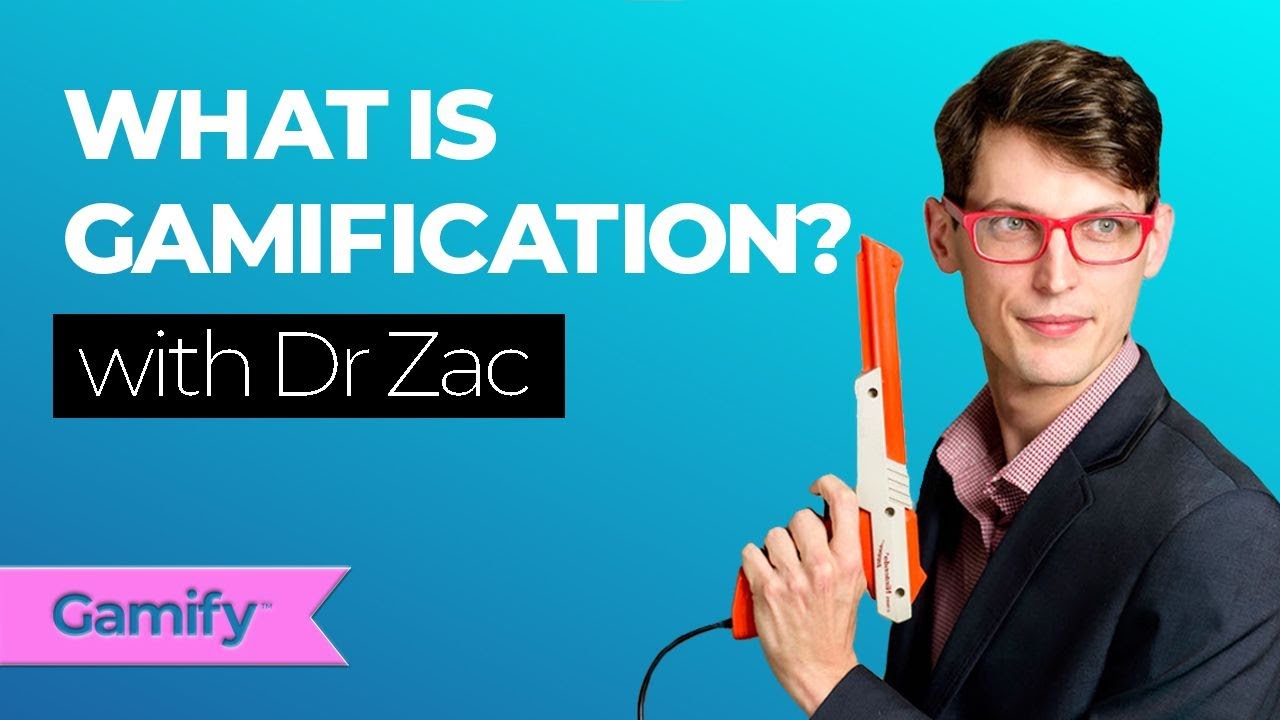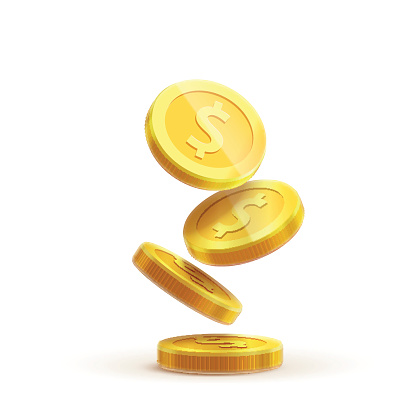Gamificationis the use of game design elements and game principles in non-game contexts. It can also be defined as a set of activities and processes used to solve problems by utilizing or applying the characteristics of game elements.
For thousands of years, games and game-like elements have been used to Educate, Entertain, and Engage people. Classic game elements include points, badges, and leaderboards.

WHAT IS GAMIFICATION? expert opinion
What Is Gamification And Where Did It Come From?
Nick Pelling coined the term "gamification" in 2002, and freestyle rappers all over the world rejoiced at the rhyming potential it provided.
The world has changed dramatically. We've had three new Spider-men, Andy Murray has won Wimbledon, and we no longer 'Ask Jeeves' if our missing sock has been sucked up into a black hole. But what exactly is the meaning of gamification?
You've probably heard the term before. Perhaps you have a hazy idea of what it is. Perhaps you don't. Maybe you've used it before. Maybe you haven't. Perhaps the term causes you to break out in hives. Perhaps it makes you jump for joy.
More Than Just Fun
Gamification is supported by science. It's hardwired into our minds.
As humans repeat a behavior that produces a pleasant feeling, our desire to obtain that feeling increases. Simply put, if something gives us pleasure, we will do it again. If it does not, we avoid it or do not bother with it.
Gamification is the process of connecting what motivates your members with what will benefit you, your members, and the community as a whole. It is the application of gamingtechniques to something that is not typically considered a "game."
You can, for example, encourage gentle competition around engagement and retention by awarding points for event attendance and returning streaks, which leads to increased loyalty and lifetime value for your company.
Common Gamification Techniques
- Leaderboards - A standalone leaderboard is also a great addition. You can assign scores to community activities like in-community engagementor outside community social sharing.
- Custom Permissions - Recognize and reward special access and privileges. If you already have a shopping-based loyalty program, you can incorporate community activities where users are rewarded for their contributions.
- Popularity indices - Members of the community should be able to see how many friends, followers, or connections they have.
In most cases, you'll want to assign titles with names that reflect the personality of your brand (Avacoins for example was the virtual currency for our community). Make them unique to your community's needs.
The trick here is to instill a sense of healthy competition in the community by combining various gamification techniques.
Community Coins
Because community building is similar to building a digital empire, you'll need a currency for community membersto barter with. A community currency enables gamification while also serving as a medium for value standardization. You are introducing economic dynamics into your community.
You should also tailor the community coin and gamification elements to your brand's personality.
You can include a conversion rate in your community coins and offer real-world services such as official merchandise, event tickets, and course registrations. The only limit is your imagination!
Challenging But Achievable
If the rungs of the "leaderboard ladder" you establish are overly complex and appear unrealistic, it can have the opposite effect of motivating members. I would suggest gradually increasing the system difficulty to make it easier to get started. It becomes a habit once a member receives their first reward.
If you've ever played a video game, you'll understand what I mean. The first few levels are straightforward and almost too simple, such as being rewarded for understanding the controller settings.
The overall strategy is to incentivize users to achieve the goals that will help your community members achieve their AHA!
Learning From The Best Game Developers
It should come as no surprise that Electronic Arts (EA), one of the world's largest gaming companies, has nailed community gamification. AnswersHQ is a centralized location where users can connect to discuss, problem-solve, and assist one another. Players who assist other players are rewarded in this game. On the one hand, it encourages community members to contribute, and on the other, it helps to reduce support costs.
They have virtual tokens, badges, and collectibles, as well as a super-user program in which exceptional individuals are designated as "Champions" and "Heroes." By upvoting others, you can literally give them "XP."
Overall, EA's gamification and super-user programs have been huge successes, helping to increase traffic to the self-handling support community and divert contacts away from Live Support channels.
Gamification is one of the most powerful tools in your arsenal as community success architects. Gamification should be immersive and deeply integrated into the customer journey, rather than implemented as a standalone give-and-take experience. It must feel natural and useful rather than being a tacked-on gimmick.
What Is The Business Value Of Gamification?
At its core, gamification is about increasing engagement in order to influence businessoutcomes. People who participate and engage in your gamification initiative learn the best way to interact with your company, its products, services, and brand.
Gamification's businessvalue does not end with the participant. Engagement with game mechanics generates valuable data that can be used to influence marketing campaigns, platform utilization, and performance objectives. Every employee or customer interaction provides a better understanding of where a participant spends their time and what activities pique their interest.
What Is The Value Of Gamification In The Workplace?
Gamification is a strategy for influencing and motivating people's behavior, which includes employees. Gamification can be used in a variety of situations where people need to be motivated to perform specific actions or activities. Gamification in the workplace can boost employee engagement and help the company perform better.
Game mechanics make an employee's job easier to understand by making goals clear and simple to follow. Through collaboration and competition, an employee can see progress on performance, receive immediate feedback on accomplishments, and connect with coworkers.
People Also Ask
What Is An Example Of Gamification?
Headspace, KFC, Under Armour, M&Ms, Starbucks, Nike, and Duolingo are among our top seven gamification examples. All seven examples show how gamification can elevate loyalty programs, exercise, learning, and marketing to new heights.
What Is A Gamification Strategy?
A gamification strategy is the process of using gaming techniques to motivate user participation in existing software. These strategies frequently employ multiple techniques to achieve the desired outcome, such as increased traffic, conversions, or long-term engagement.
What Is Gamification Process?
Gamification is the process of applying game mechanics, elements, and principles to non-game contexts in order to better engage users. Gamification can be applied in a variety of settings. Gamification is frequently used in business for employee training, recruitment, evaluation, and organizational productivity.
Conclusion
As you can see, there are numerous advantages to utilizing gamification. It all comes down to striking the right balance so that gamification streamlines rather than interferes with user movement through your product.
You can reduce churn, increase trial to paid conversion rates, and ensure that customers enjoy using your product for years to come if you use some of the methods we've discussed today.


